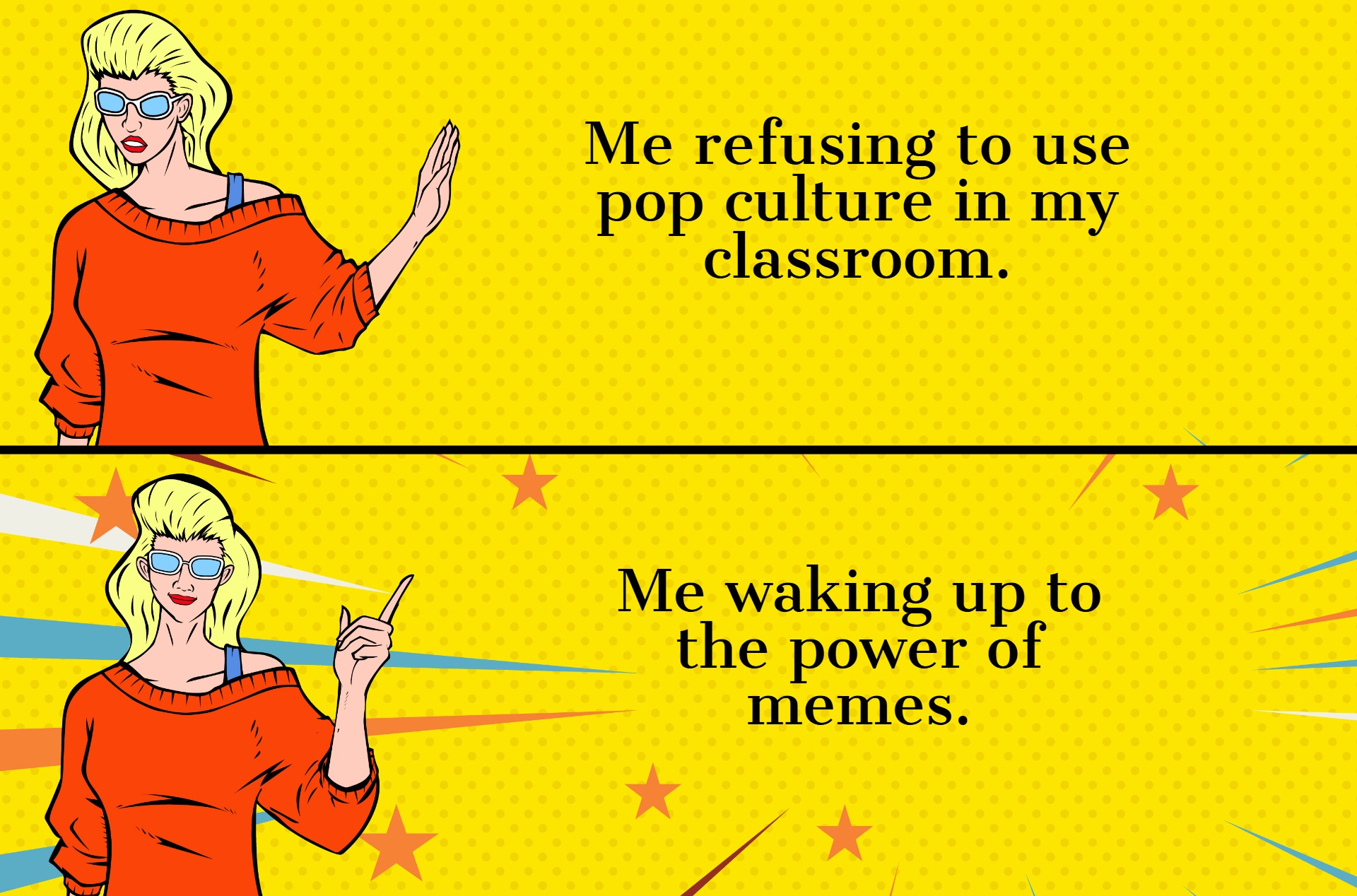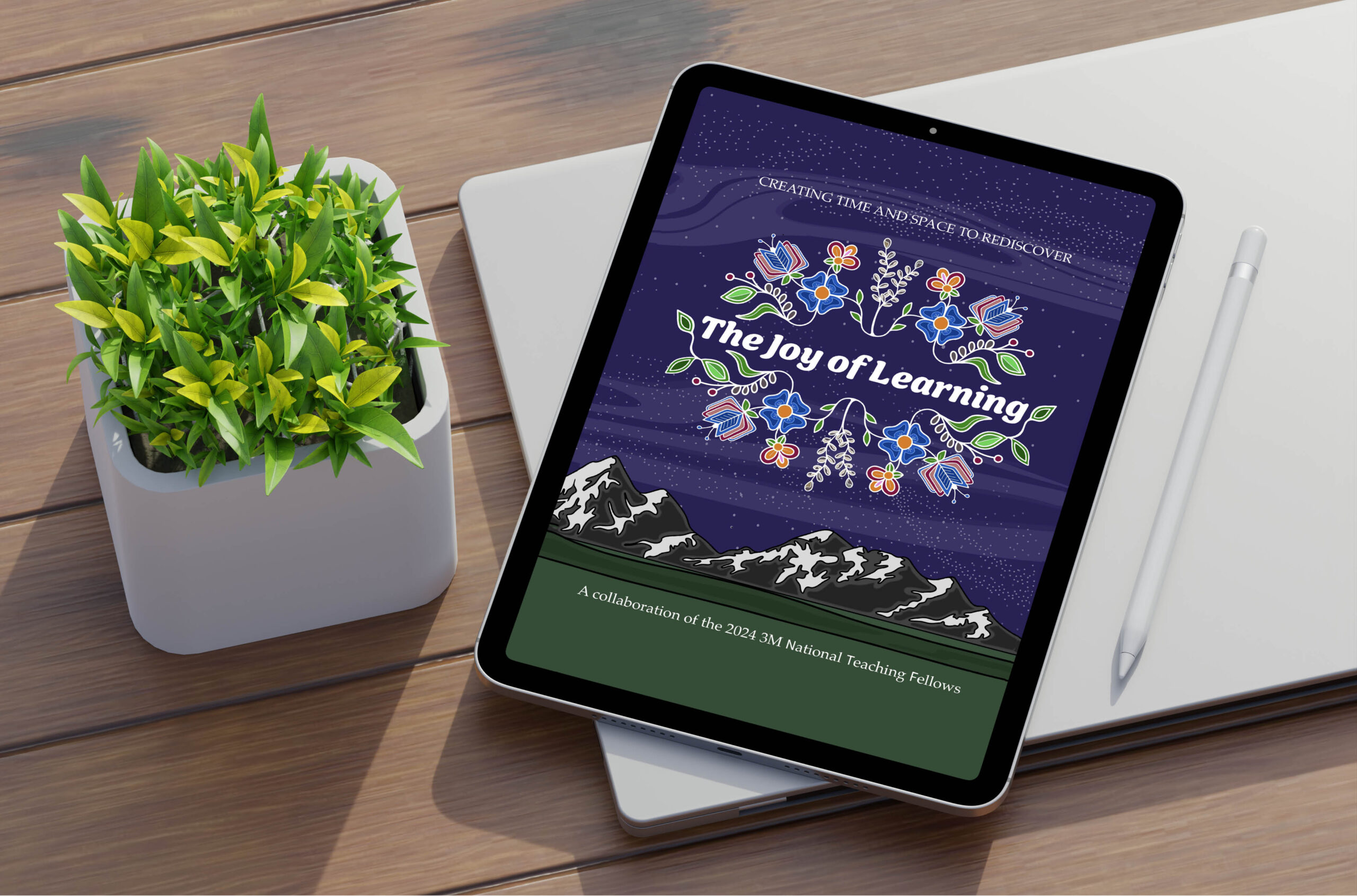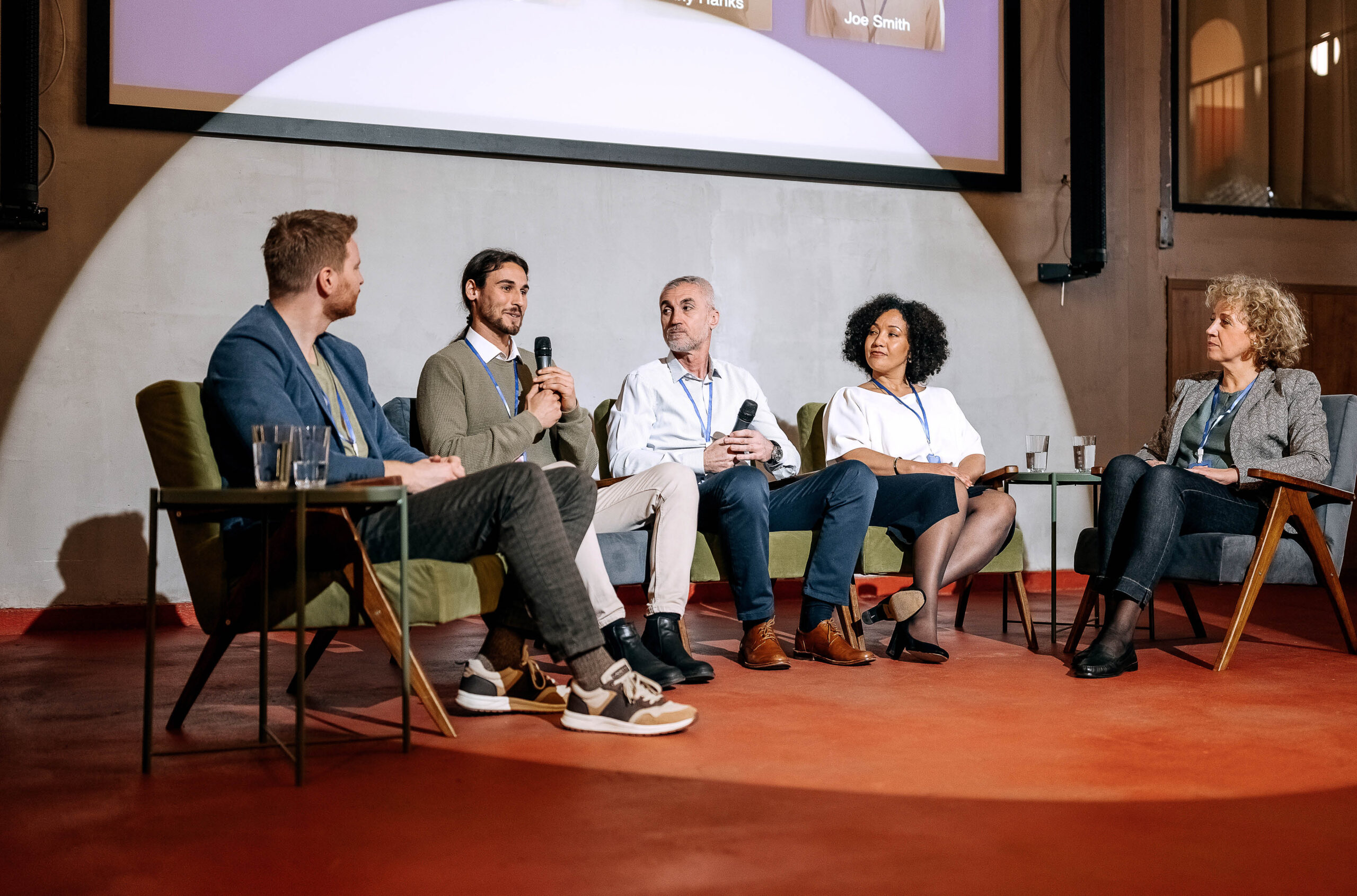How to integrate storytelling into your next research grant application
By humanizing your data, your grant will be more memorable and compelling.

Question:
I’ve heard the advice that you’re supposed to ‘tell a story’ in your research grant application, but I don’t know what this means. There’s no Hansel and Gretel in my work. Is this advice even worth paying attention to?
– Anonymous, Nursing
Answer:
In mid-2023, in the U.K., a four-part TV series called Mr Bates vs The Post Office dramatized the largest miscarriage of justice in British history: the Horizon Post Office scandal. A faulty algorithm had led to ~900 sub-postmasters being wrongly accused of fraud. The impact of these accusations was profound: many of the falsely accused filed for bankruptcy, while others committed suicide. The TV show catalyzed a public outcry, leading to Prime Minister Rishi Sunak introducing legislation to exonerate the wrongly convicted.
The catch? Mr Bates vs The Post Office was telling a story that had been known both to Parliament and the public since at least 2019. Journalists had published pieces about the scandal in The Guardian, The Times, even Computer Weekly; Parliament had discussed it – but it took a human-centered story to ignite the British public’s concern for the real-life post office workers behind the numbers, the court rulings, and the dollar figures. Because numbers, court rulings, and dollar figures are abstractions, while stories humanize.
Those who advise you to tell a story in your grant applications are likely doing so to solve one of two problems: i) your grant is not exciting; or, ii) your grant is not memorable. People who advise that you tell a story are asking you to humanize your data.
To learn more about how storytelling can be integrated into research grant applications, I spoke with Rhonda Kronyk, an expert grant editor and one of the coaches in the course I run, “Editing Academic Research Grants in Canada.” Here’s what Rhonda advises:
Find a human
In much of academic scholarship – and especially in your field, dear letter-writer – there’s a person or group of people who’ll be caught up in your research. Consider the 10,000 Canadians who have disease X and tell us about one of them. Focus on the individual nurse who follows a procedure that doesn’t effectively reduce the pain that her patient is experiencing.
Select a real or hypothetical person who will embody the issues that are the focus of your proposed research, and tell us about that person. Just as the Horizon Post Office scandal didn’t resonate with the British public or English parliamentarians until the story narrowed from 900 victims to the singular Mr. Bates, so too will your project benefit from painting a detailed picture of a person.
This person might be “someone you know, someone whose story has been featured in the media, or the subject of a hypothetical case study,” Rhonda advises. “But if you’re going the case study route, then tell that story in an engaging rather than a clinical way.” In practice, you should put that person in the subject position in your sentences, centering the actions on them, showcasing how they act and how others act toward them.
Even if you were to work in a field that seems to implicate few or no living humans – astrophysics, say, or medieval studies – other researchers still benefit from your work. Tell the story of how your research could enhance a colleague’s research, how your innovative methods can help them achieve more nuanced or accurate results, or how your work will advance theoretical concepts in related fields. Tell us who will be impacted, how their work or lives will be different because of your work, and how you’ll connect with them.
“Some projects can’t focus on a single character; they need to focus on a community,” says Rhonda. “You might personify this community in a composite character that emphasizes shared characteristics.” In this case, she advises, ensure that you keep the focus on what makes them human, rather than on their data.
Once you’ve found a human and narrowed your focus to spotlight them:
Detail an experience
Whether your person is someone from your research, an imaginary person, or a composite, you need to tell your reviewers who they are. Rhonda suggests “grounding them in reality without exaggerating their story for dramatic effect.”
She provides an example of how you can weave a story together for a grant:
- John is a 55-year-old white man who is one of 2,345 people living on the streets of Edmonton, Alta. John has been houseless for 15 years since he lost his job in an economic slowdown [who and the basic information that situates John within the population being researched].
- Since then, he has worked with Edmonton’s social services agencies to find a job and a permanent home [John’s dream].
- In the ensuing 15 years, John has faced discrimination from landlords, the inability to save enough money for a rental deposit, and the daily struggle to find food, water, clothing, and other basic needs [John’s obstacles].
- John has worked with Lindsay, a social worker, for the past four years and, with her help has enrolled in several programs including job outreach and paid internships programs, help with a professional resume, and communications courses through the local library [what has John tried; what has or hasn’t worked].
- He now has steady part-time employment but has been unable to move into a home. John is an ideal candidate for our pilot project, which will create 25 tiny homes in development XYZ. The first stage of this research project examined where our current efforts to put people into homes have failed and found innovative ways to get around systemic barriers to safe, quality housing [how your project helps navigate obstacles].
- The funding from this grant will build the first 10 small homes and allow John and nine other houseless people to transition off the streets into permanent housing [how funders can help – call to action].
However, a story like this isn’t enough because reviewers want data rather than claims; they want to see how your work intervenes in important discussions, rather than hear mere assertions of novelty. To do this, Rhonda says to “weave your statistics and data into your story and tie funder expectations, objectives, and requirements into the story when possible.”
If you take a creative writing class, you’ll learn that adding sensory details – descriptions of what can be smelled, seen, heard, tasted, or felt – is a storytelling tactic. Look for places where these details can be added. For example, when the social worker suggests another program that isn’t related to finding a home, did she sense her client tense up? What would she see if she suggested a long-term solution for John? To add details that your reviewer can almost experience as they read, experiment with adding sentences to your proposal that use a verb that evokes one of the five senses.
In sum: storytelling is one strategy that can excite your peer reviewers and help them recall why your research matters. Alternate strategies can be found in Connor & Mauranen 1999, Connor 2009, or Koutsantoni 2009. But for researchers who, like yourself, do work that has consequences for people – the patients and clinicians who’ll be affected by your findings – you may find that integrating storytelling techniques into your grant can make your data both memorable and compelling.
I’ll leave the closing words to Rhonda:
“When we are deep in the world of academia and research, it can be easy to forget how compelling well-written stories can be. It wasn’t until I shifted from academic editing to editing content by Indigenous authors that I began to fully understand that stories are more than entertainment – a well-crafted story can teach, move, and persuade audiences to take action.”
Featured Jobs
- Canada Excellence Research Chair in Computational Social Science, AI, and Democracy (Associate or Full Professor)McGill University
- Veterinary Medicine - Faculty Position (Large Animal Internal Medicine) University of Saskatchewan
- Business – Lecturer or Assistant Professor, 2-year term (Strategic Management) McMaster University
- Psychology - Assistant Professor (Speech-Language Pathology)University of Victoria
















Post a comment
University Affairs moderates all comments according to the following guidelines. If approved, comments generally appear within one business day. We may republish particularly insightful remarks in our print edition or elsewhere.
1 Comments
Integrating storytelling into a research grant application is a brilliant strategy for making complex data and research objectives resonate more deeply with reviewers. The comparison to the “Mr Bates vs The Post Office” series is particularly striking—it highlights how abstract data can come to life when humanized through narrative. By focusing on individuals or communities affected by your research, you create an emotional connection that can make your application more compelling and memorable. The suggestion to add sensory details and bring the story to life with real or hypothetical characters is invaluable. This approach not only draws in the reader but also reinforces the significance and potential impact of your work.
Thanks for this insightful piece, Letitia—it’s a game-changer for those of us looking to refine our grant writing.